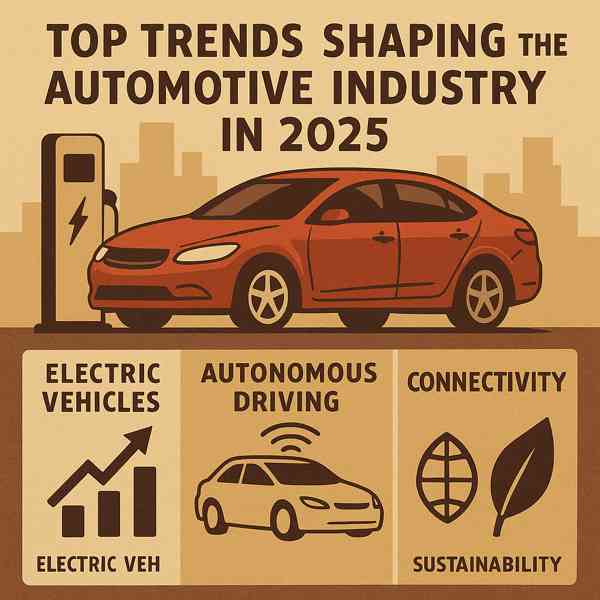Electric Vehicles: A Complete Guide
Electric Vehicles: A Complete Guide
Blog Article

With zero emissions and cutting-edge technology, EVs are quickly becoming a top alternative for personal and commercial travel.
From compact cars and SUVs to trucks and motorcycles, EVs are available in more models than ever.
Understanding EVs
Electric vehicles are powered entirely by stored electricity, rather than traditional internal combustion engines.
Key components of EVs include:
- Electric motor
- Stores the electrical energy
- Manages energy flow from battery to motor
- Connects to home or public chargers
Electric vehicles come in various types, such as hybrid electric vehicles (HEVs)—each with different levels of electrification.
Benefits of Electric Vehicles
Whether you're looking to save money or reduce emissions, EVs offer a compelling option.
Why EVs are gaining popularity:
- Electricity is cheaper than gas
- No tailpipe emissions
- Quiet and smooth ride
- Government incentives and tax credits
For eco-conscious and cost-aware drivers, electric vehicles are an increasingly smart choice.
Challenges of Electric Vehicles
Understanding the limitations of electric vehicles will help you make an informed decision.
EV challenges click here to consider:
- Shorter range compared to gas vehicles
- Not all areas have adequate public chargers
- More expensive upfront than comparable gas models
- Battery lifespan and replacement
As technology advances and infrastructure improves, many of these challenges are becoming less significant.
Different Kinds of EVs on the Market
Choosing the right type depends on your lifestyle, commute, and charging access.
Categories of electric vehicles:
- Run only on electricity
- Electric motor with backup gasoline engine
- Combines electric and gas power but cannot plug in
- Emit only water vapor
Each type has its pros and cons, so buyers should understand the differences.
Understanding Charging Options
There are multiple charging levels and methods depending on your daily usage.
Main EV charging options include:
- Standard household outlet
- Faster and ideal for daily use
- Can charge 80% in under an hour
- Charging without cables
As public charging networks expand, EV owners will enjoy even more freedom, flexibility, and convenience.
What’s Next for EVs?
Electric vehicles are here to stay.
Next-generation EV developments:
- Solid-state battery technology
- Vehicle-to-grid (V2G) integration
- Combining EV tech with self-driving systems
- More choices at lower prices
As innovation continues, EVs will become more efficient, affordable, and widespread.
Conclusion
Electric vehicles represent a major shift in how we think about mobility.
From environmental benefits to cutting-edge tech, electric vehicles offer a exciting alternative to traditional cars.
Report this page